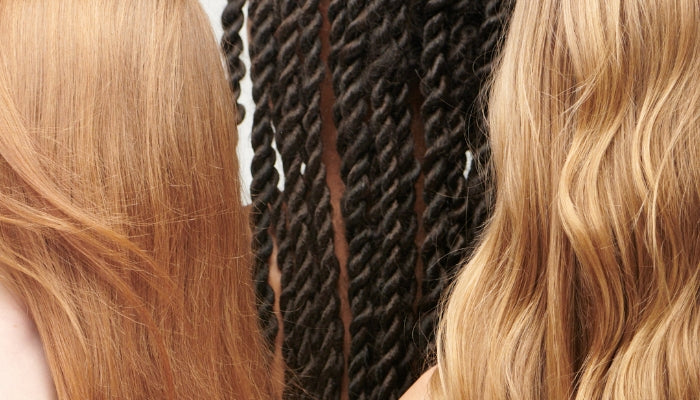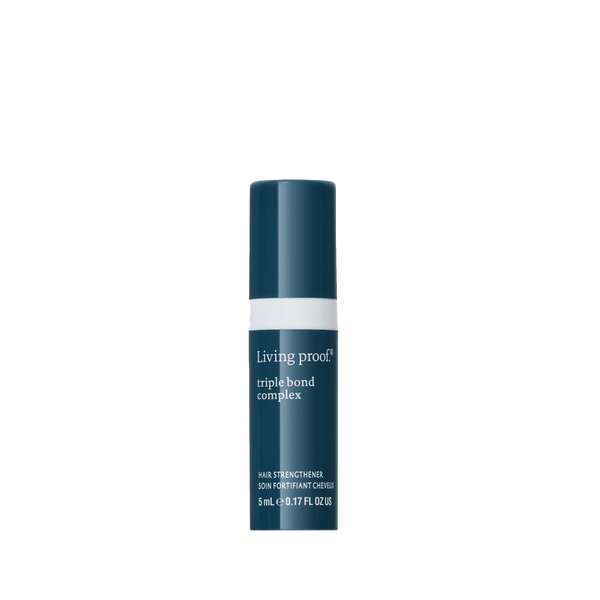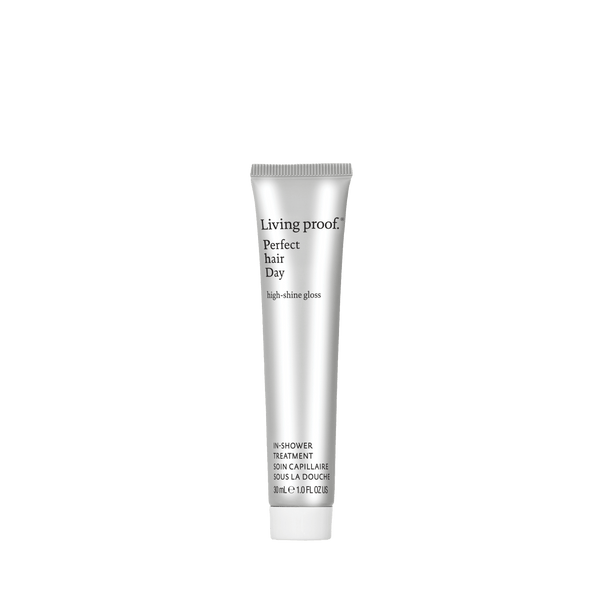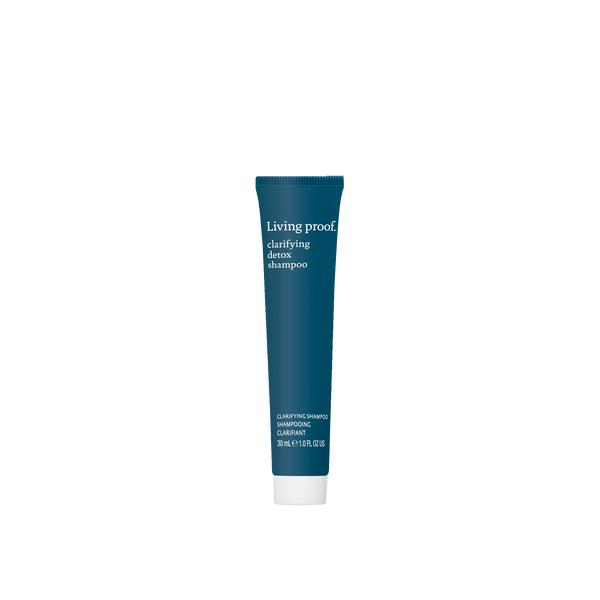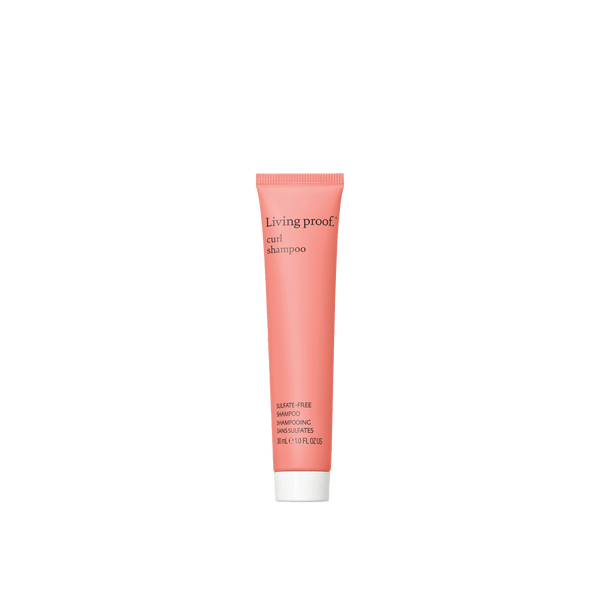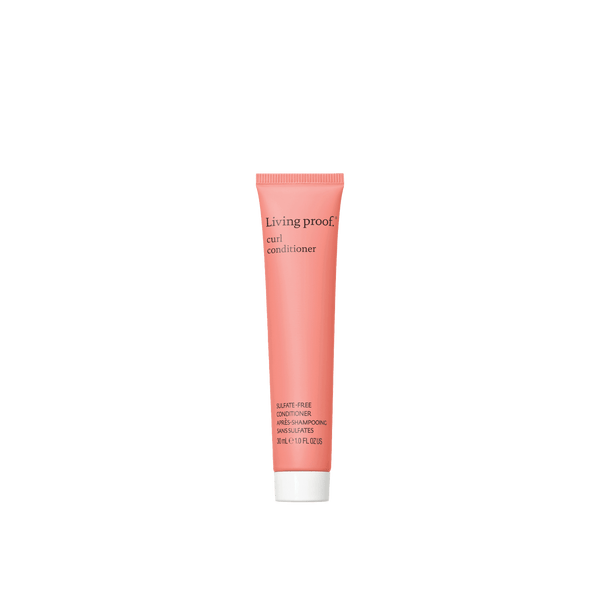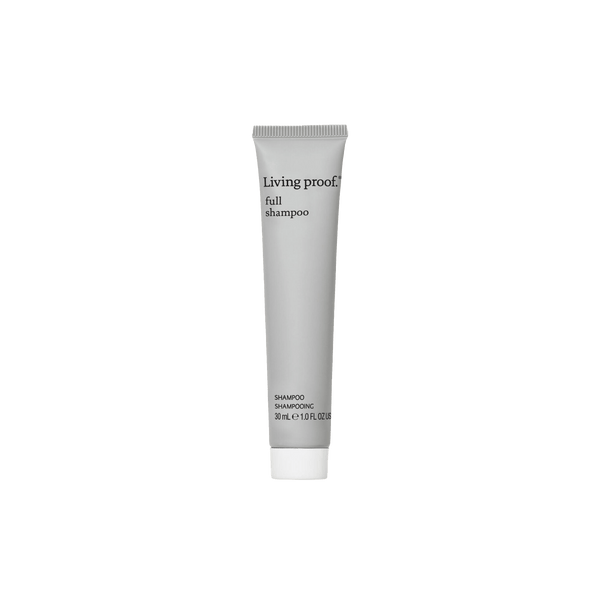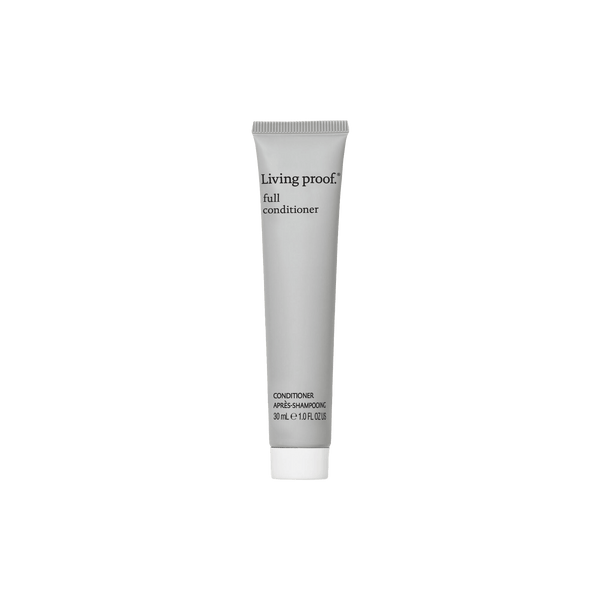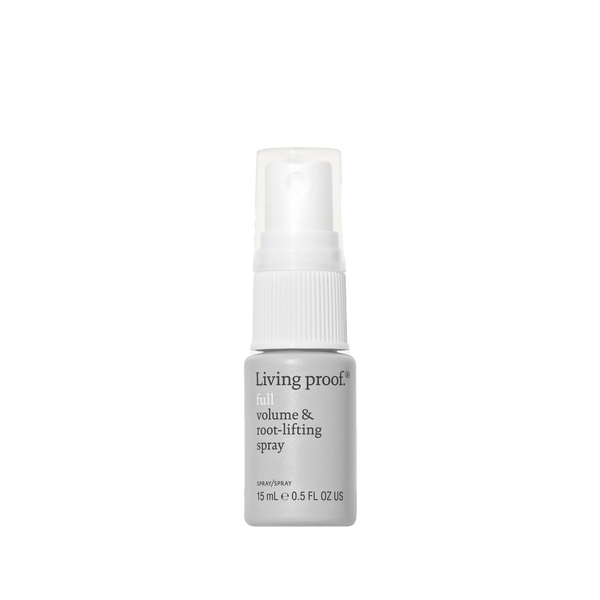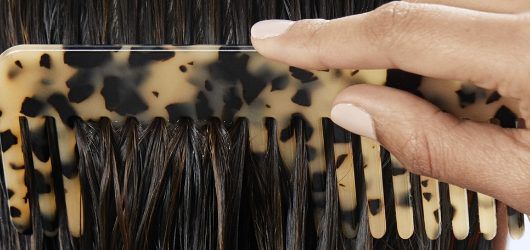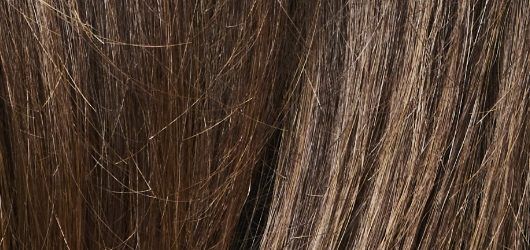Thick vs. Fine Hair Types

Your hair already makes a statement—that’s because its beauty is unique to you and you alone. But if you really want to harness the power behind your one-of-a-kind tresses, you’ll need to get a better grasp on the factors that set them apart from the rest along with the hair products online that can lead to better hair health.
The first comparison to lead you on your haircare journey? Fine hair vs thick hair.
Typically, you determine hair thickness by its diameter and overall density. However, it may not always be that straightforward. Knowing what defining details to look for when determining your hair type can unlock a world of opportunities for your hair—and your confidence—to truly shine.
Key differences between thick and fine hair
When it comes to fine vs thick hair, the most significant difference comes from the look and feel of each individual hair strand. Even if you’ve amassed hours of hair twirling and examination over the years, it can be challenging to discern your hair type if you’re not quite sure what you’re looking for. To determine the category under which your follicles fall, you’ll need to assess it based on two factors:
- Diameter – It’s typically the most common way to define hair thickness as it specifically measures the diameter of each individual strand of hair.
- Density – Hair density refers to the number of hair strands that occupy your scalp. One can have thin hair that is also high density hair. This means that their hair may look fuller than someone with both fine hair and low density hair.
While your hair’s diameter may seem like the most obvious way of differentiating thick vs fine hair, be sure to take density into account as well.
Thick Hair 101

If you’re still unsure about where your hair lands on the spectrum, there are a couple of ways to find out, namely through scalp and texture tests.
How to identify thick hair
In general, thick hair has more textured hair strands. A couple of simple observations can help you determine your hair’s texture:
- Texture test – Thicker hair strands tend to have more texture than fine hair. Using an individual strand of hair, rub it between your fingers and feel for any coarseness. If you observe a noticeable grain, odds are your hair is thick.
- Scalp test – Take a look at your natural part in the mirror. If you can’t see much scalp beneath your hair, you likely have thick hair strands. Try parting your hair in different ways or put your hair up to observe your scalp from a variety of angles.
If you’ve realized that your hair strands have noticeable texture, thickness, and densely populated your head, you may have thick hair and thicker hair strands. The question then becomes, how does one care for thick hair?
How to care for thick hair
Those with thick hair may have voluminous locks, grainy texture, and sturdy follicles.
Naturally textured or heat damaged hair can be prone to tangling and knots. That’s why you’ll want to be mindful of protecting it against hair breakage and split ends. If you’re looking to infuse a bit of balance into thick hair, look to products like:
- Nourishing oils to combat frizz
- Hydrating conditioner to smooth and replenish
- Heat protectant spray to lock in moisture
With fortifying technology on your side, you can rest easy knowing that your thick hair feels strong, shiny, and free to express itself.
Fine Hair 101

Suppose you didn’t identify with some of the thick hair observations we mentioned above. In that case, it could be a sign that you’ve got fine hair—or you may even land somewhere in the middle.
How to identify thin hair
Thin (or fine) hair is typically more delicate to the touch. Beyond that, you’ll want to keep an eye out for a few more identifying characteristics as you perform the following tests:
- Texture test– Fine hair won’t often have the same rough texture as thick hair. Place a single strand of hair between your fingers and rub them together. If you can barely feel the hair at all, you likely have fine hair.
- Scalp test – Observe your hair’s natural part. If you notice quite a bit of space in between individual hair follicles when you look at your scalp, you most likely have fine hair. You can have fine hair even if your hair follicles appear thick.
- Ponytail test – You can determine whether you have high or low density hair by putting your hair into a ponytail and measuring its circumference with a ruler. If your hair measures at less than two inches, you have low-density hair. If the circumference measures at four inches or more, you have high-density hair.
If you’ve discovered that your hair’s thin, it deserves a self-care routine of its own.
How to care for thin hair
When correctly maintained, thin hair can be soft, luscious, and a moldable canvas for styling. You can learn how to style thin hair in different ways. If you’re looking to bring out the best in your fine and healthy hair, keep your eyes peeled for rejuvenating products such as:
- Silicone-free shampoo to prevent greasy roots
- Volumizing conditioner for an extra lift
- Full Dry Volume and Texture Spray for long-lasting volume
Giving your fine hair the attention it deserves can leave you with healthy hair and a look that’s set to impress.
Living Proof: love your hair, your way
Whether your hair’s thick, thin, or somewhere in the middle, it deserves to be pampered with love and support. At Living Proof, we make providing that support simple. Our haircare collection is customized and scientifically formulated to make your unique hair the best it can be. Let your hair down, and leave the rest to us.
Sources
- Women’s Health. Thick vs. Thin: The Secret to Mastering Your Hair Type. https://www.womenshealthmag.com/beauty/a19924580/thin-and-thick-hair/
- Tags: Hair Tips
